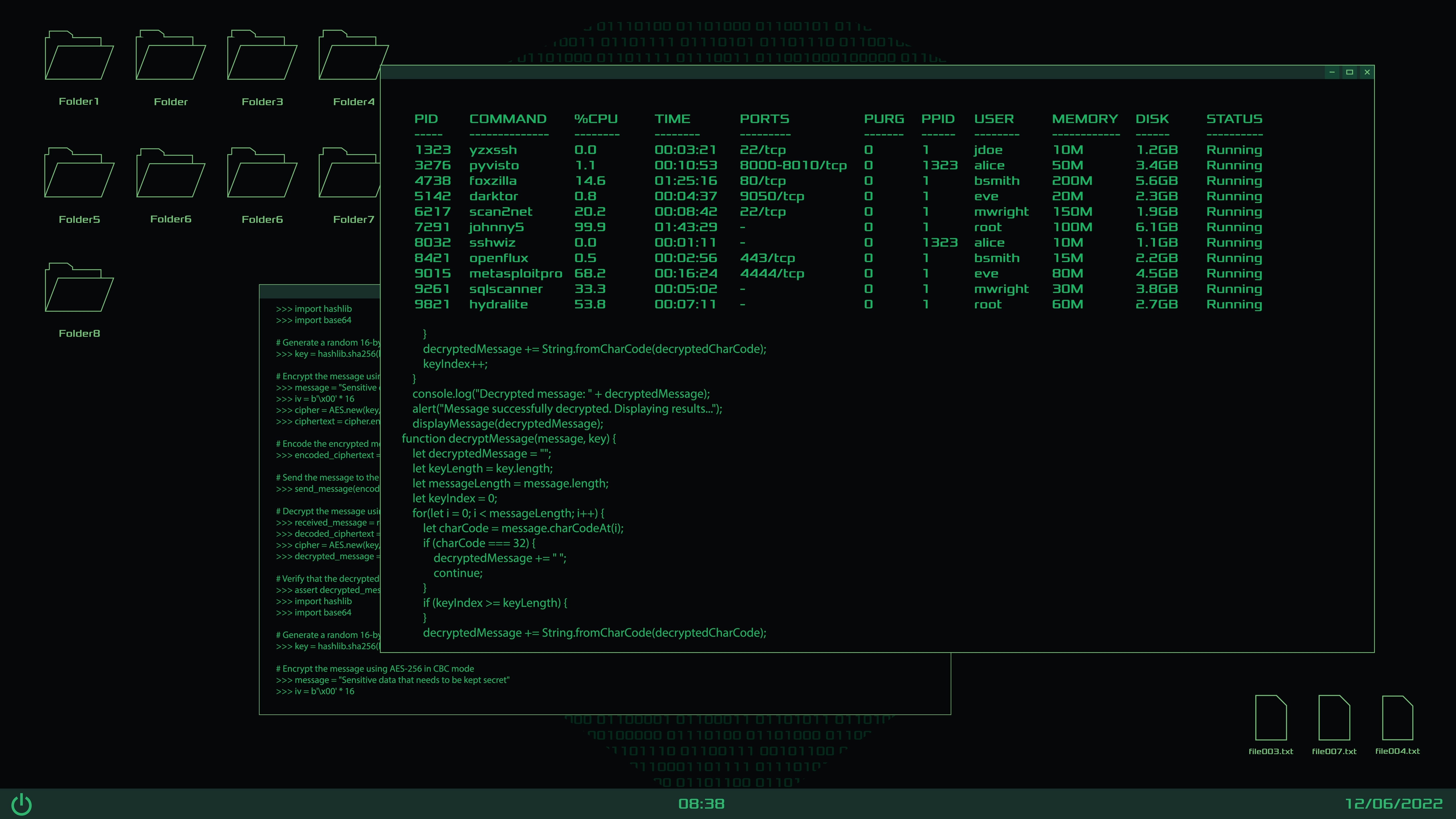Artificial intelligence and quantum computing technologies are rapidly reshaping the cybersecurity public relations landscape, creating new challenges and opportunities for communication professionals. PR teams now face increasingly sophisticated cyber threats that can damage organizational reputation within minutes, while also needing to maintain compliance with complex global regulations. Recent data from Arctic Wolf’s 2025 Trends Report indicates that AI has become the primary cybersecurity concern for 78% of security and IT leaders, highlighting the urgent need for PR teams to adapt their crisis communication strategies. This article examines the key trends and best practices in cybersecurity PR, focusing on AI applications, regulatory compliance, and preparation for emerging quantum computing threats.
PR Overview
AI-Powered Crisis Communication in Cybersecurity
The integration of AI into crisis communication has fundamentally changed how organizations detect, respond to, and manage cybersecurity incidents. According to research from Worldcom Group, AI-enabled PR tools can now process and analyze vast amounts of data in real-time, allowing teams to identify potential threats before they escalate into full-blown crises.
AI-powered sentiment analysis tools monitor social media channels, news outlets, and other digital platforms to detect early warning signs of cyber incidents or reputation threats. These systems can identify unusual patterns in online discussions, track the spread of misinformation, and alert PR teams to emerging narratives that could impact their organization’s reputation.
Machine learning algorithms also support crisis simulation training, helping teams prepare for various scenarios. These simulations use real-world data to create realistic crisis scenarios, allowing PR professionals to practice their response strategies and refine their communication protocols. According to 5W PR’s research, organizations using AI-driven crisis simulation training report a 40% improvement in response times during actual incidents.
Natural language processing (NLP) capabilities enable automated response systems that can generate initial draft statements and updates during cyber incidents. However, human oversight remains critical to ensure messaging aligns with organizational values and maintains appropriate context and tone.
Global Cybersecurity Regulations and PR Strategy
The regulatory landscape for cybersecurity continues to evolve, with new requirements affecting how organizations communicate during and after cyber incidents. The General Data Protection Regulation (GDPR) and California Consumer Privacy Act (CCPA) have set precedents for mandatory breach notifications and transparency in crisis communication.
Organizations must now balance the need for quick response with regulatory compliance. GDPR requires companies to report certain types of data breaches within 72 hours of discovery, making rapid but accurate communication essential. PR teams must work closely with legal and security departments to ensure public statements meet these requirements while maintaining stakeholder trust.
Communication strategies must also account for varying regulatory requirements across different jurisdictions. A global incident may trigger multiple reporting obligations, each with specific timing and content requirements. PR teams need documented processes to coordinate these communications effectively.
Preparing for Quantum Computing Challenges
The advent of quantum computing presents new challenges for cybersecurity PR teams. According to SentinelOne’s cybersecurity trends report, quantum computers could potentially break current encryption standards, creating significant security and communication challenges.
PR professionals must prepare to communicate complex technical risks to stakeholders without causing unnecessary panic. This includes developing clear messaging about organizational readiness for quantum threats and plans for implementing quantum-resistant security measures.
Communication strategies should address:
- The organization’s approach to quantum-safe cryptography
- Timeline for implementing quantum-resistant security measures
- Potential impacts on current security protocols
- Steps being taken to protect sensitive data
Modern Crisis Communication Frameworks
Today’s crisis communication frameworks must integrate traditional PR principles with new technological capabilities. Successful frameworks typically include:
Real-time monitoring systems that combine AI analytics with human expertise to track potential threats across multiple channels. These systems help identify emerging issues before they become major crises.
Clear escalation protocols that define when and how to activate different levels of response. According to AWISEE.com research, organizations with well-defined escalation procedures respond to incidents 60% faster than those without such protocols.
Cross-functional response teams that bring together PR, cybersecurity, legal, and executive leadership. These teams need established communication channels and regular training to function effectively during crises.
Automated response capabilities that can quickly deploy pre-approved messaging while maintaining flexibility for situation-specific adjustments.
Detecting and Countering AI-Generated Misinformation
The rise of AI-generated content has created new challenges in managing misinformation during cyber incidents. PR teams must be equipped to quickly identify and counter false narratives, including sophisticated deepfakes and synthetic media.
Modern detection tools use machine learning algorithms to identify potential AI-generated content. These tools analyze patterns, metadata, and other indicators that might signal artificial creation. According to Worldcom Group’s research, organizations using AI-powered detection tools identify potential misinformation 3x faster than those relying on manual monitoring.
Response strategies should include:
- Rapid fact-checking protocols
- Pre-prepared response templates for common types of misinformation
- Established channels for distributing corrective information
- Relationships with trusted third-party validators
Conclusion
The convergence of AI, quantum computing, and evolving regulations has created a complex environment for cybersecurity PR professionals. Success requires a balanced approach that combines technological capabilities with strong human judgment and ethical considerations.
Organizations should focus on:
- Implementing AI-powered monitoring and response tools while maintaining human oversight
- Developing clear protocols for regulatory compliance in crisis communication
- Preparing for quantum computing challenges through proactive communication planning
- Building integrated crisis frameworks that combine technology with traditional PR principles
- Establishing robust systems for detecting and countering AI-generated misinformation
As these trends continue to evolve, PR teams must stay informed about new technologies and regulations while maintaining focus on their core mission: protecting and building organizational reputation through effective communication.
The Intersection of Corporate Communications and Cybersecurity Messaging
When a cybersecurity incident strikes, the technical breach is only half the battle. The other...
How Security Leaders Position Credibility in Crypto Markets
When a security incident hits, the clock starts ticking in minutes, not hours. Your investors...
Predictive Crisis Communications Using AI and Real-Time Data
Crisis communications has entered a new era where waiting for a threat to materialize means you've...




